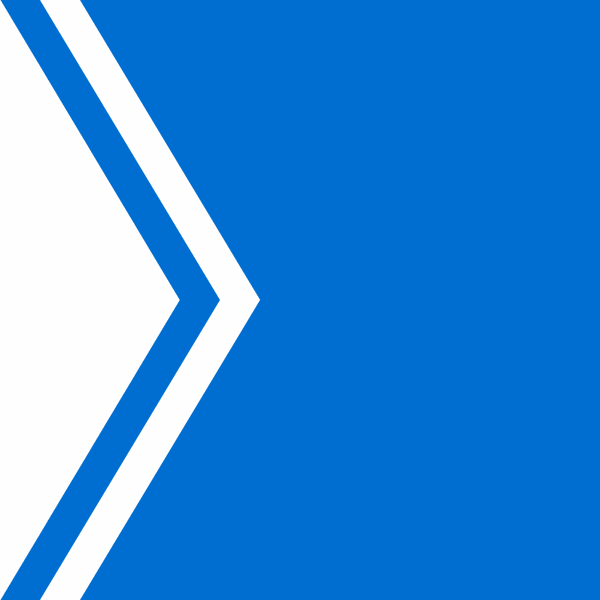OL is a desperately needed project, and will be very well used. It is great that Phase 1 goes all the way to Eglinton, rather than just to Danforth / Line 2.
Still, I would build with larger trains / stations to make it more future-proof.
And the western segment (west of University or Spadina) could be moved to Phase 2, to free some funds for larger trains and stations.
If and when the western segment is added, I'd rather stay under Queen, instead of diverting south to the Exhibition. A line under Queen would provide more coverage for the same cost, and more choices of routing further west.
The Exhibition route isn't terrible, but is not optimal IMO.
